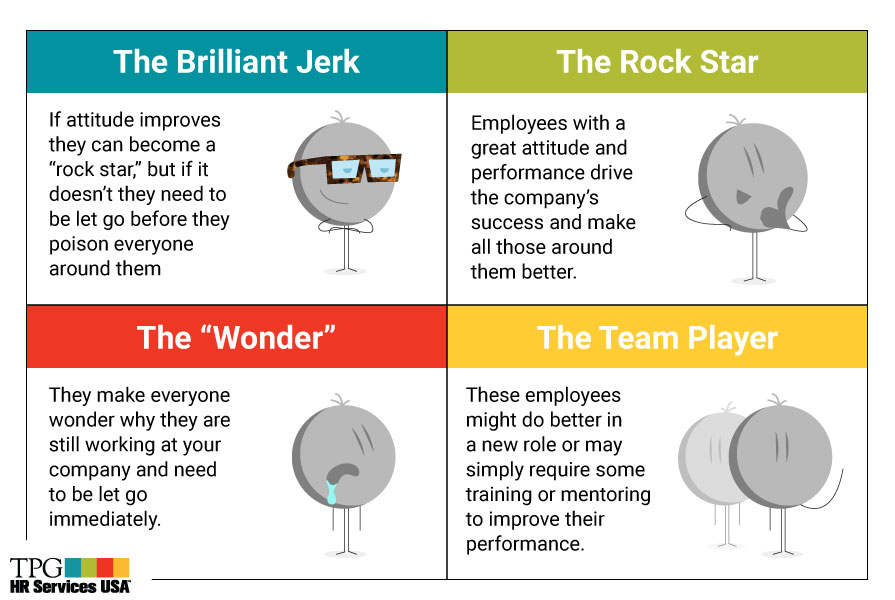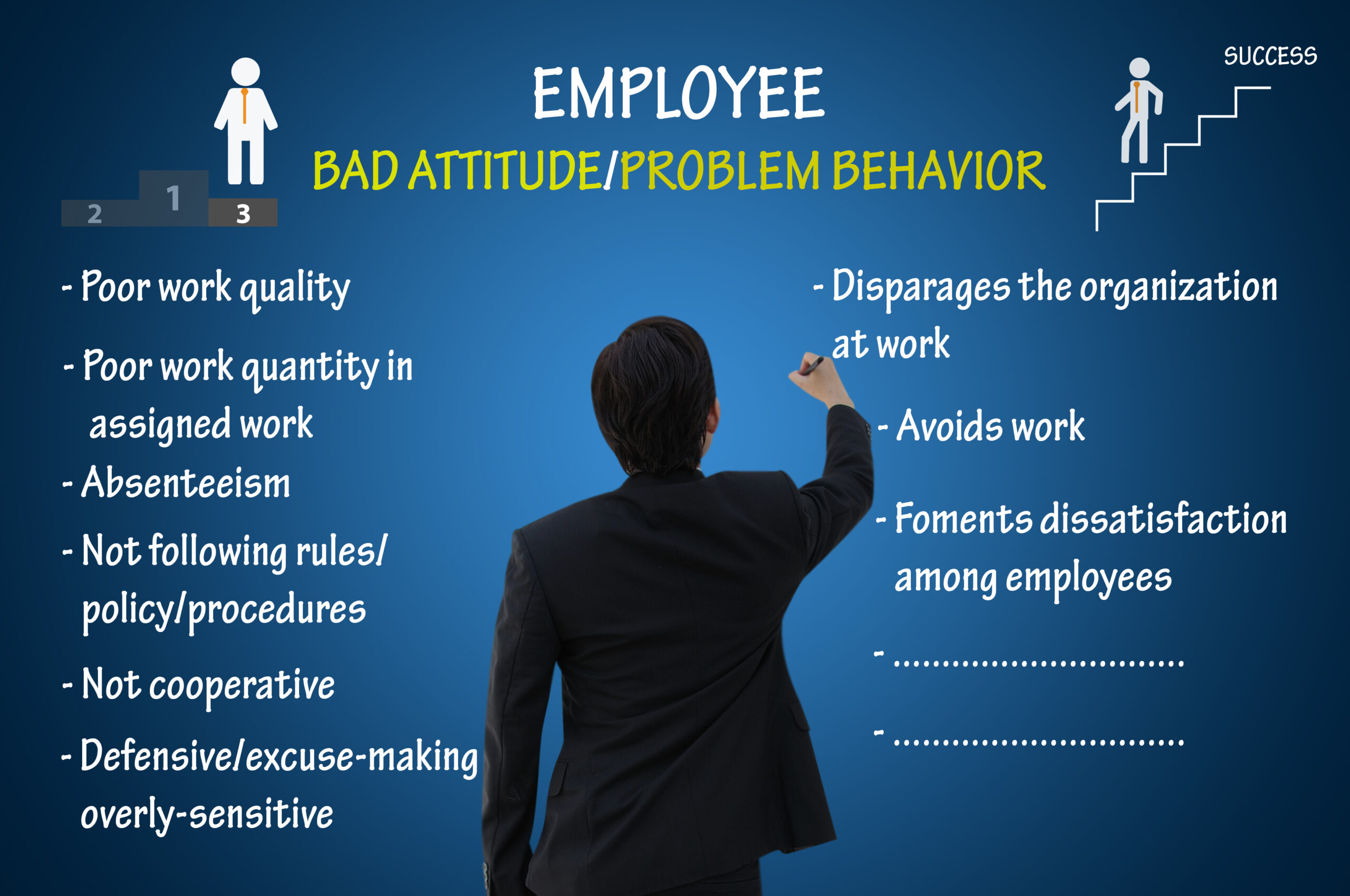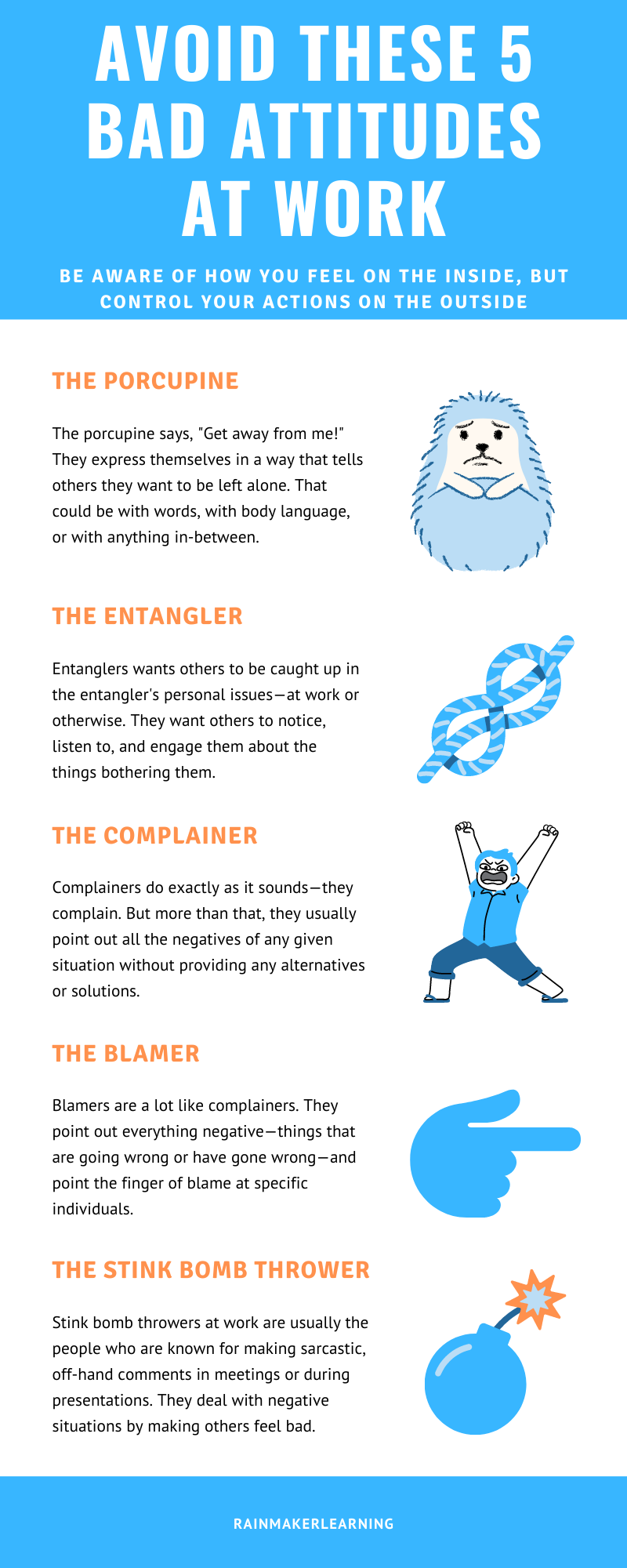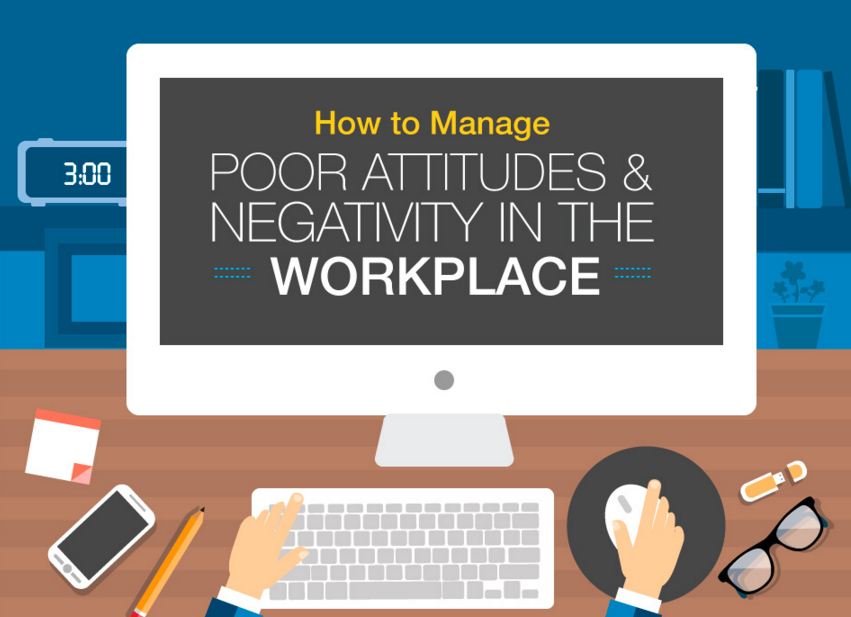How To Handle Employees With Bad Attitudes
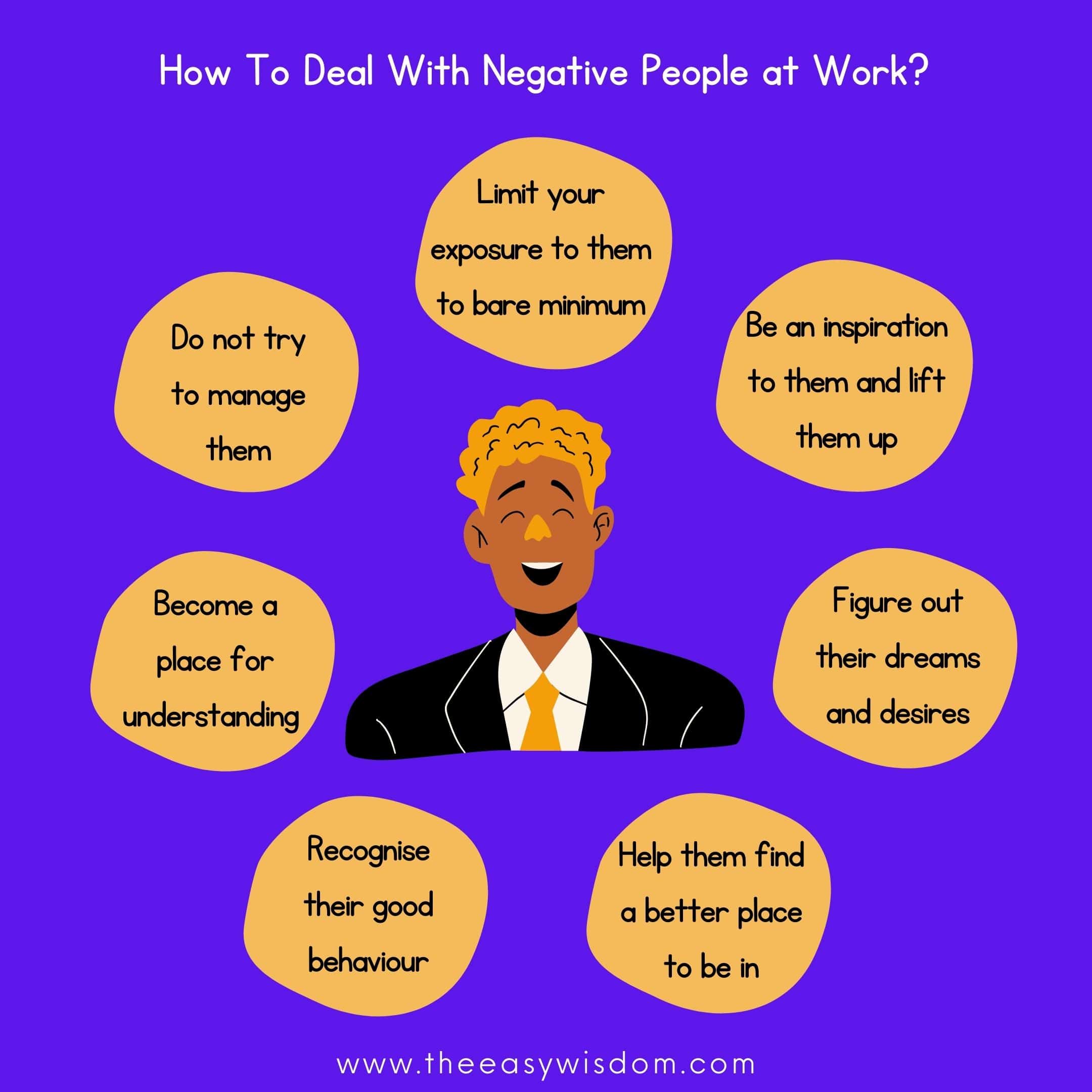
Toxic attitudes can quickly poison a workplace, impacting morale and productivity. Addressing negative employee behavior decisively and strategically is crucial for maintaining a healthy and efficient work environment.
This article provides immediate, actionable steps for managers to handle employees exhibiting bad attitudes, focusing on clear communication, consistent enforcement, and documentation.
Identify the Root Cause
Before taking disciplinary action, attempt to understand the reason behind the negativity.
"Addressing performance issues, personal problems, or lack of clarity about roles is important to provide support and resources before issues escalate into poor attitudes and toxic behaviors," according to SHRM.
Schedule a private, one-on-one meeting. Ask open-ended questions like, "Is there anything preventing you from performing your best?" or "Are there any challenges you're facing that I can help with?".
Set Clear Expectations and Consequences
Ensure all employees understand the company's code of conduct and performance expectations.
A clearly defined policy on acceptable workplace behavior leaves no room for ambiguity.
Specifically address the negative behaviors observed. For example, "I've noticed you've been making sarcastic comments during team meetings. This behavior is unacceptable and must stop immediately."
Explain the consequences of continued negative behavior, ranging from verbal warnings to termination, depending on the severity and frequency. Document every step of the process.
Document Everything
Detailed documentation is vital for legal protection and consistent enforcement.
Record dates, times, specific incidents, and employee responses. Include witness statements if applicable.
"Maintaining thorough records of performance conversations and disciplinary actions will help ensure that you are making your decisions in a fair and unbiased manner," recommends Gusto.
Address the Issue Promptly
Do not ignore negative behavior. Addressing it immediately prevents it from escalating and impacting other employees.
Delaying action can be interpreted as condoning the behavior, potentially creating a more hostile work environment.
According to a Gallup poll, only 30% of U.S. employees strongly agree that their manager involves them in goal setting; a better involvement in decision making could drastically improve overall morale.
Offer Support and Resources
Sometimes, a bad attitude stems from external factors. Offering support can help employees overcome challenges.
Provide access to employee assistance programs (EAPs) for counseling or resources related to stress management and work-life balance.
Consider training opportunities to improve skills and boost confidence, addressing any underlying performance-related anxieties.
Lead by Example
Managers must model the positive behaviors they expect from their team.
Maintain a professional, respectful, and positive attitude, even in challenging situations. Be transparent and communicate openly with your team.
"Leaders set the tone for the workplace, and their own attitudes and behaviors have a direct impact on employee morale," says Forbes.
Take Action and Follow Through
If the employee's behavior does not improve despite interventions, take disciplinary action as outlined in your company policy.
This may include written warnings, performance improvement plans (PIPs), or termination.
Ensuring fairness and consistency is critical to avoid claims of discrimination or wrongful termination.
Regularly monitor the work environment for signs of negative behavior and be prepared to address it proactively.
Moving forward, organizations should invest in preventative strategies like employee wellness programs and leadership training to foster a more positive and resilient workforce.


